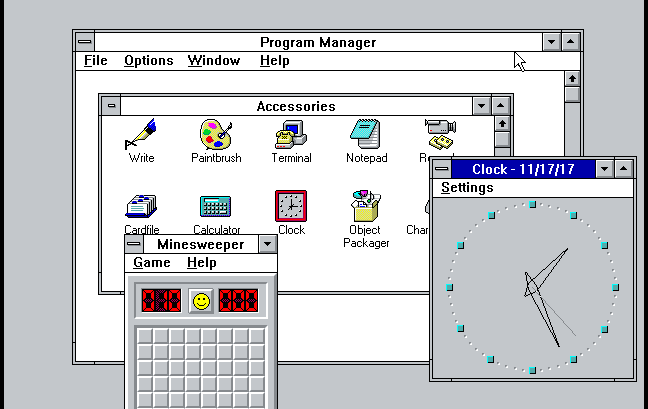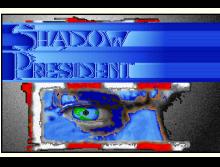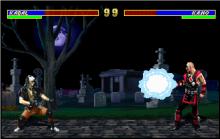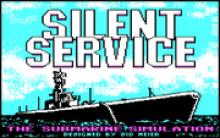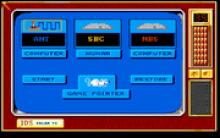Windows 3.11
Press Keyboard right side: Alt+Enter keys to switch to full screen game play, and Alt+Enter keys to return.
How to play Windows 3.11
Uses mouse and keyboard/ Takes a while to load be patient! runs faster if page is reloaded (not refresh) after the first loading.
Windows 3.11 Description
Microsoft’s Windows 3.11 for Workgroups, released in November 1993, marked a turning point in the history of the classic Windows operating system. Building on Windows 3.1, it introduced networking features that reflected the rapid growth of local area networks (LANs) in offices and educational institutions. While Windows 3.11 was still a 16-bit environment running on top of MS-DOS, it hinted at the future by incorporating early support for TCP/IP, a foundation of today’s internet.
Windows 3.1x: The Foundation of Windows 3.11
Windows 3.1x is a series of 16-bit operating systems produced by Microsoft for use on personal computers. The series began with Windows 3.1, which was first sold in March 1992 as a successor to Windows 3.0. Further editions were released between 1992 and 1994 until the series was superseded by Windows 95.
Base Version: Windows 3.1
Released on April 6, 1992 (codenamed Janus), Windows 3.1 introduced the TrueType font system, making it a viable platform for desktop publishing. It maintained backward compatibility with older Windows platforms, but unlike Windows 3.0, it could not run in real mode and introduced 32-bit disk access. For games, Minesweeper replaced Reversi in most distributions.
A multimedia PC beta (codenamed Bombay, released in November 1992) experimented with sound, CD-ROM, and video integration — a precursor to later multimedia features.
Regional Versions
- Windows 3.1 for Central and Eastern Europe supported Cyrillic and Central European diacritics through Microsoft’s Windows-1250 codepage.
- Windows 3.1J (Japanese edition) sold 1.46 million copies in its first year (1993).
Windows 3.11 (Update)
On December 31, 1993, Microsoft released Windows 3.11, essentially a service pack for Windows 3.1. While not a standalone OS, full disk sets were sold for those without the base version.
Windows 3.2
In 1993, Microsoft issued a Simplified Chinese update known as Windows 3.2, which fixed character display issues. It was distributed with localized versions of MS-DOS.
Modular Windows and Pen Computing
Specialized versions included Modular Windows, built for the Tandy Video Information System, and Windows for Pen Computing, Microsoft’s early experiment in tablet interfaces.
From Windows 3.10 to Windows 3.11
The Windows 3.10 successor, Windows 3.11, was not marketed as a brand-new operating system but as an enhanced update. According to operating-system.org, WfW 3.11 added significant improvements:
- Peer-to-peer file and printer sharing without requiring a dedicated server.
- Support for NetBEUI, IPX/SPX, and TCP/IP protocols, enabling more flexible networking.
- Ability to connect up to 25 computers in a workgroup.
- Configuration through key text files — WIN.INI, SYSTEM.INI, and PROGMAN.INI.
This integration of WfW 3.11 networking placed Microsoft in direct competition with Novell NetWare, then a dominant force in office networking.
Windows 3.11 Features and User Experience
Despite being transitional software, Windows 3.11 offered features that shaped the expectations of users in the 1990s.
Program Manager and File Manager
- Program Manager (PROGMAN.INI) served as the main desktop shell, displaying application groups such as Main, Accessories, and Games.
- File Manager provided a GUI for disk and directory navigation.
Cooperative Multitasking
Windows 3.11 employed cooperative multitasking, meaning programs had to voluntarily yield control to others.
Multimedia and Extensions
- Support for Video for Windows (VfW), first introduced in November 1992, enabled digital video playback and AVI file support.
- The Win32s extension allowed limited 32-bit application support, bridging the gap to Windows 95.
- Games like FreeCell were included to test the Win32s API.
Windows 3.11 Architecture and Configuration
Technically, Windows 3.11 architecture remained tied to MS-DOS. Examples of configuration files include:
- WIN.INI – user environment.
- SYSTEM.INI – hardware and drivers.
- PROGMAN.INI – program groups.
The registry existed but had little role compared to later versions.
Hardware Requirements and Distribution
The Windows 3.11 hardware requirements were modest:
- 80286 processor or higher (386 recommended).
- 2 MB of RAM (4 MB ideal).
- VGA graphics adapter.
- MS-DOS 3.1 or later.
Distribution came on eight 1.44 MB diskettes, with full directory listings preserved today by the PCjs Machines emulator project.
Networking: Windows 3.11 TCP/IP and Workgroups
The most revolutionary aspect was Windows 3.11 TCP/IP support.
- Windows for Workgroups 3.1 (1992, codenamed Winball/Sparta) added SMB file sharing via NetBIOS protocols.
- Windows for Workgroups 3.11 (1993, codenamed Snowball) added 32-bit file access and VCACHE.386.
- In 1994, Microsoft released the Wolverine add-on, a 32-bit TCP/IP stack that outperformed most third-party solutions and became the testbed for Windows 95 networking.
This was a milestone in Microsoft Windows for Workgroups history and laid the foundation for modern corporate networking.
Lifecycle and End of Support
Windows 3.11 remained popular in business until the late 1990s.
- Nov 1993: Release of Windows for Workgroups 3.11.
- Dec 31, 2001: Official Windows 3.11 support end date.
- Nov 1, 2008: OEM licensing finally discontinued.
Windows 3.11 in Retrospect and Modern Access
Though superseded by Windows 95, Windows 3.11 influenced later systems:
- Workgroups became part of later networking models.
- The transition from Program Manager Windows 3.11 to the Start Menu was evolutionary.
- Today, enthusiasts use emulators like IBM PC emulator Windows 3.11 or DOSBox to preserve its history.
Windows 3.11 was not just an update — it was a bridge between the Windows 3.1x era and the fully 32-bit operating systems that followed. With networking, cooperative multitasking, multimedia, and transitional 32-bit features, it connected the DOS-based past with the Windows 95 future.
As part of the broader vintage operating systems family, it remains a crucial chapter in the evolution of Microsoft Windows.
Controls and Navigation in Windows 3.11
The controls of Windows 3.11 were designed to make computing more accessible than the command-line environment of MS-DOS. While the system encouraged mouse use, it also supported keyboard shortcuts that gave users faster ways to interact with the desktop.
Mouse Interaction
- Double-click icons to launch applications or open folders.
- Drag-and-drop to move or copy files in File Manager or rearrange icons in Program Manager.
- Right-click menus were limited compared to later Windows versions but allowed quick access to basic actions.
Keyboard Shortcuts
- Alt + Tab: Switch between open applications.
- Ctrl + Esc: Open the Task List, showing all running programs.
- Alt + F4: Close the active window.
- F1: Open the Help system.
Cheats/Hints/Walkthroughs for Windows 3.11
No posted cheats for this game yet.
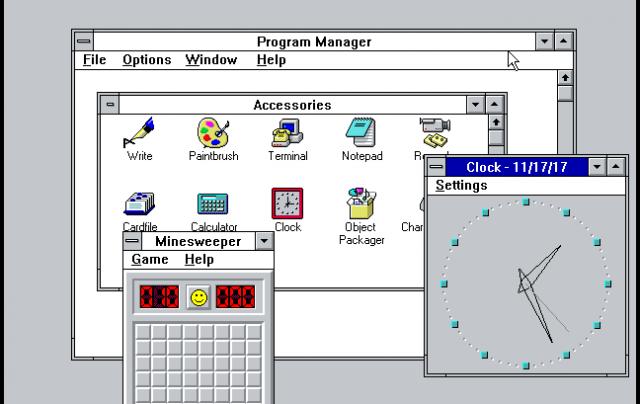
Windows 3.11 - additional information







